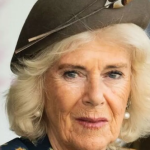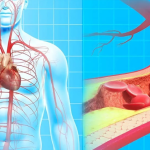In 2018, researchers unveiled the incredible case of Denisova 11, a 13-year-old girl who lived over 50,000 years ago and is the only known individual in history to have had parents from two different hominin species.
Her mother was a Neanderthal, and her father a Denisovan, two distinct but closely related hominin groups. This revelation has shed new light on the interactions between these ancient species and raised intriguing questions about their migration patterns and genetic exchange. The 2018 study was published in Nature.
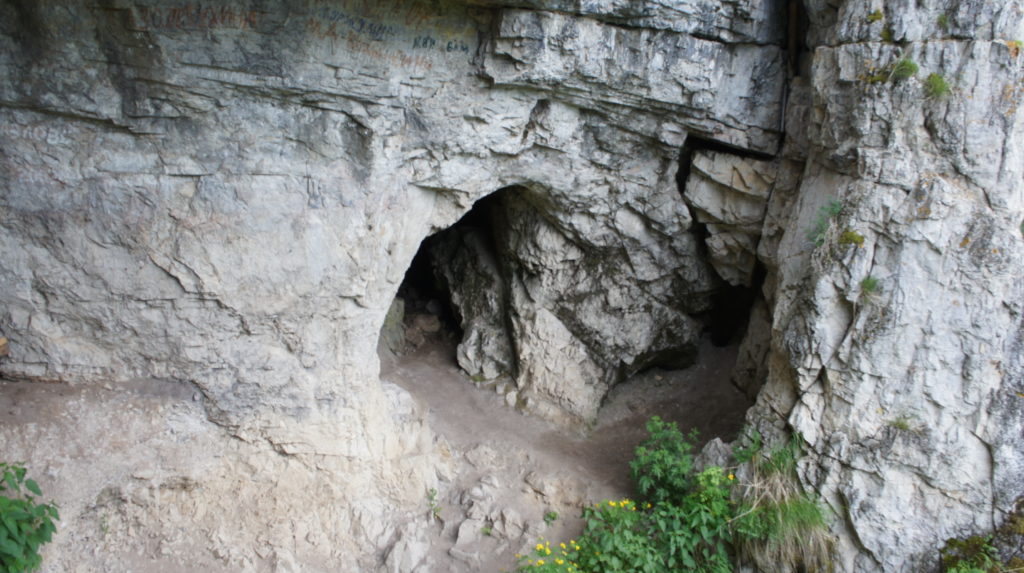
Species Background: Neanderthals and Denisovans
Neanderthals, scientifically known as Homo neanderthalensis, were a robust species that inhabited Europe and Western Asia for thousands of years. They adapted to various ecological zones and displayed exceptional hunting and tool-making skills. Despite facing multiple glacial periods, Neanderthals survived until approximately 30,000 years ago.
In contrast, Denisovans, or Homo sapiens denisova, remain largely enigmatic, with their existence primarily known through tiny bone fragments found in Siberia’s Denisova Cave. Little is known about their physical appearance or capabilities. Genetic analysis has revealed that Denisovans interbred with modern humans, leaving a lasting genetic legacy in certain populations.

Denisova 11: Unraveling the Mystery
Denisova 11, also known as “Denny,” emerged as a pivotal figure in our understanding of human evolution through a meticulous analysis of her remains.3 This young girl’s genetic makeup provided undeniable evidence of her mixed-species ancestry, with a Neanderthal mother and a Denisovan father.
The discovery of Denisova 11 offers a unique glimpse into the interactions between Neanderthals and Denisovans. Previous research had hinted at occasional interbreeding, but this finding provides tangible proof of a first-generation hybrid. Furthermore, the genetic analysis revealed that interbreeding between these two species was not limited to Denisova 11 but likely occurred multiple times.
The implications of this discovery are profound. It suggests that Neanderthals and Denisovans coexisted and interbred more frequently than previously thought. While their genetic makeup remained distinct, the fact that hybrid individuals like Denisova 11 existed challenged the notion of rigid boundaries between species.
Xem bài viết này trên Instagram
Species Migration Patterns: Clues from Denisova 11’s DNA
Denisova 11’s genetic makeup offers insights into the migration patterns of ancient hominin groups. Surprisingly, her DNA indicated closer ties to Western European Neanderthals than to those from the Denisova Cave, suggesting significant movement of Neanderthal populations between Western Europe and the East. This finding challenges previous beliefs that Neanderthals had limited mobility.
The genetic evidence also raises questions about when and why these migrations occurred. Did environmental factors or competition with other species drive these movements? Understanding the motivations behind these migrations could provide valuable insights into the lives and challenges faced by our ancient ancestors.
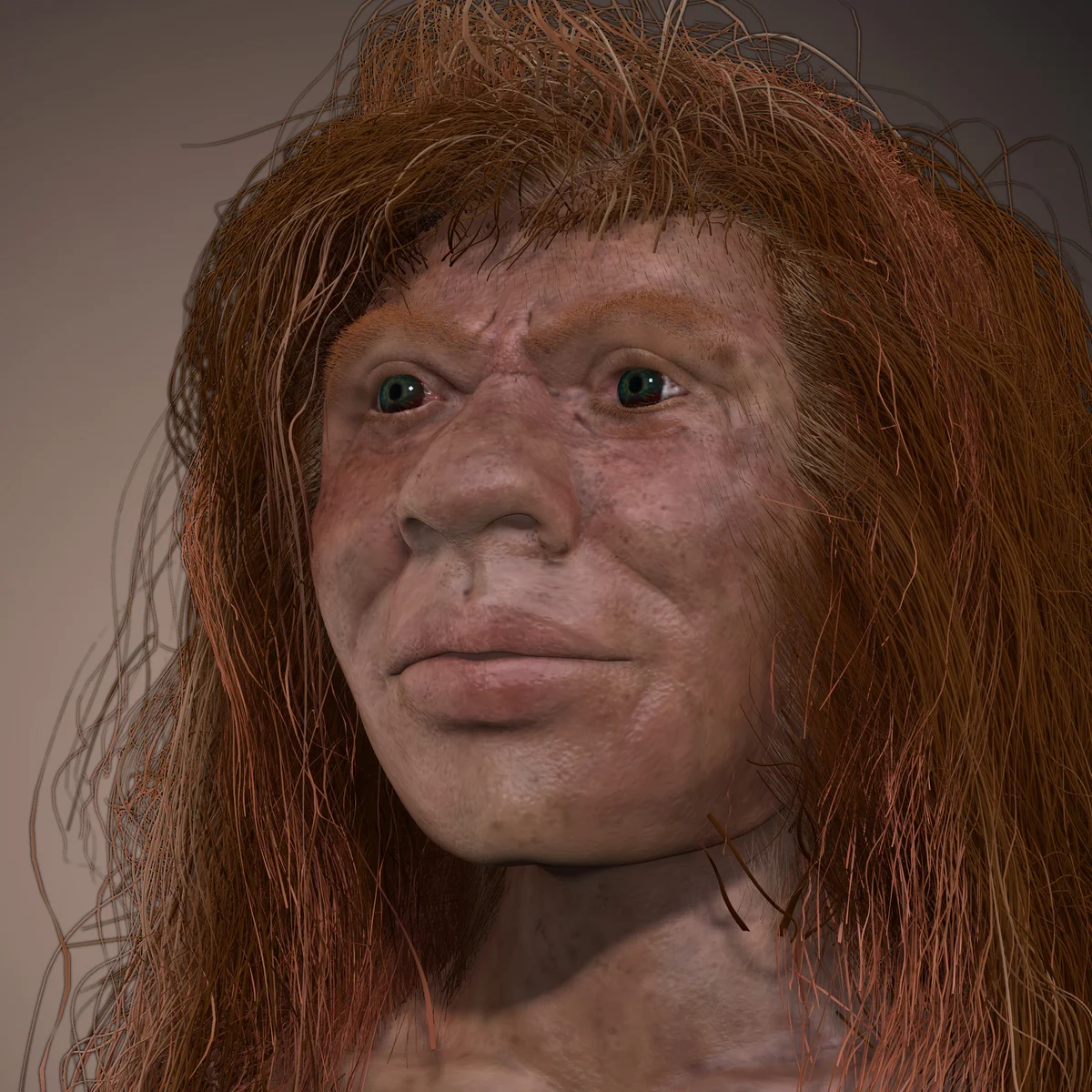
Denisova 11’s existence opens up a treasure trove of questions and possibilities for researchers. How did Neanderthals and Denisovans interact? What drove their interbreeding? Were their zones of overlap limited, and if so, why? These are some of the intriguing questions that this discovery has raised.
The existence of Denisova 11 hints at a complex tapestry of relationships and interactions among ancient hominin species. It prompts us to reevaluate our understanding of their social dynamics, including the possibility of cooperation, competition, and cultural exchange.
ZooMs: A New Tool for Unlocking Ancient Mysteries
The study of Denisova 11 also highlights the significance of cutting-edge technologies like Zooarchaeology by mass spectrometry (ZooMs). This innovative technique, developed by Mike Buckley, has revolutionized the identification of ancient bone fragments, making it possible to differentiate between different human and animal species remains. It played a pivotal role in uncovering the identity of Denisova 11 and could hold the key to future discoveries about the Denisovans.
ZooMs offers a non-invasive and rapid method for identifying the origins of bone fragments, particularly in cases where traditional DNA extraction and sequencing methods may be impractical due to the sheer volume of samples. This technology has the potential to unlock a wealth of information about our ancient relatives and their interactions with other hominin groups.
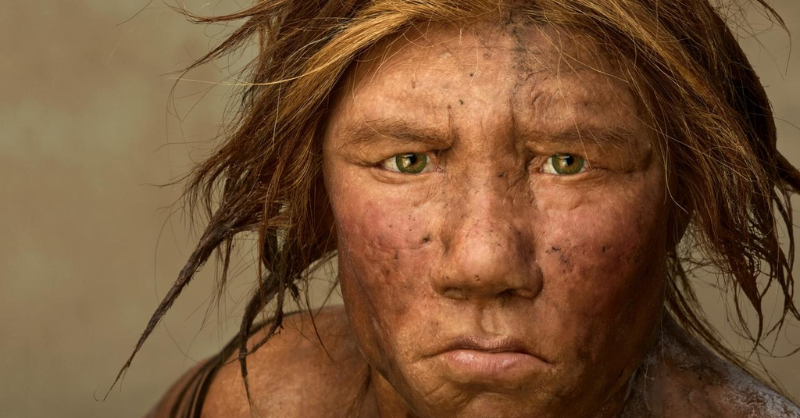
The remarkable case of Denisova 11, the first-generation Neanderthal-Denisovan hybrid, has illuminated the complex interactions between these ancient hominin species. Her genetic legacy and the use of advanced techniques like ZooMs offer a tantalizing glimpse into our evolutionary past.
As researchers continue to unravel the mysteries of Denisova 11, we may gain further insights into the rich tapestry of human evolution and our interconnected history with these enigmatic hominin cousins.
Denisova 11 reminds us that the story of human evolution is far from straightforward. It is a narrative filled with unexpected twists, where the lines between species blur, and our understanding of our ancient relatives deepens. With each new discovery, we move closer to piecing together the puzzle of our origins, and Denisova 11 is undoubtedly one of the most intriguing pieces of that puzzle.
